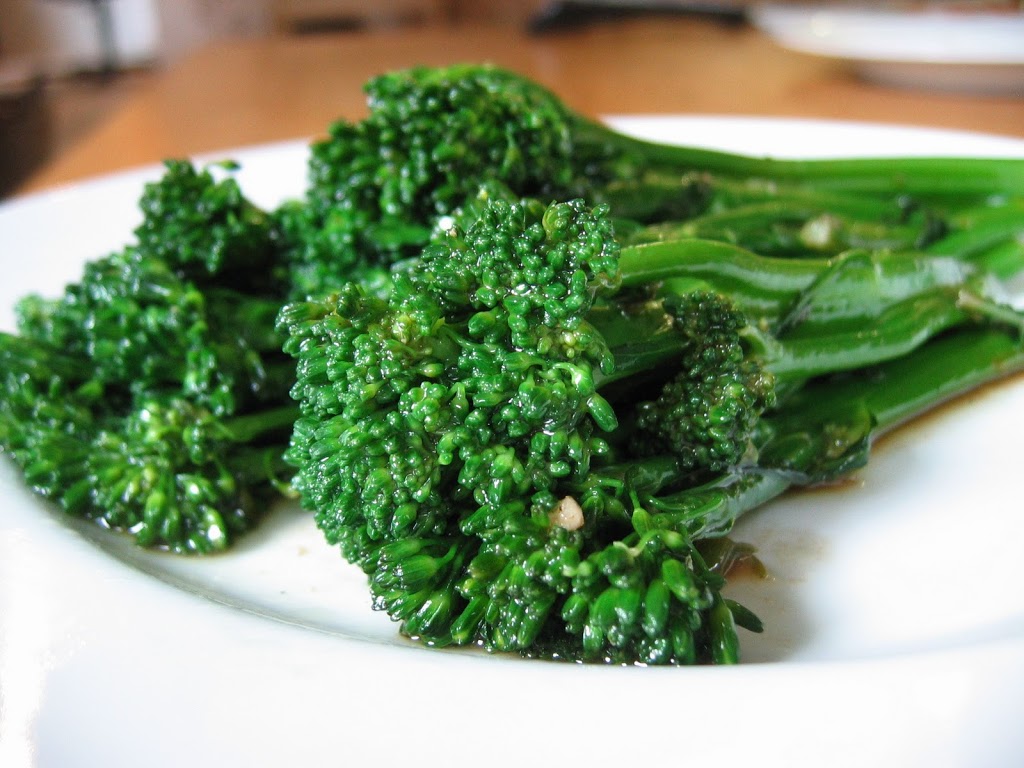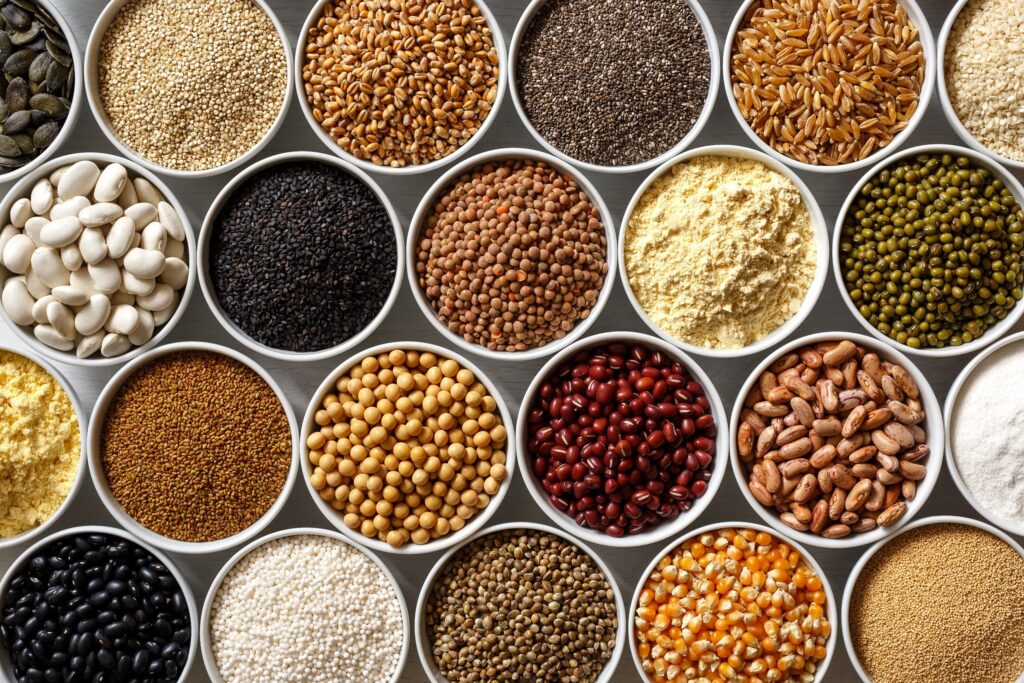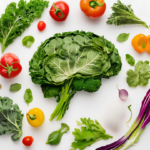Would you believe me if I told you that you could make your blood downright deadly to breast cancer cells in a mere two weeks? (All while making the rest of you even healthier?)
Well, this study—one of my favorites of all time—suggests that you can. In fact, given its eloquence, simplicity, and downright awesome results, I think it should be required reading for all women—but especially those who’ve had a borderline biopsy or diagnosis of breast cancer.
Because it’s all about hope.
No, not the touchy-feely, “we might have a cure in 20 years, but in the meantime eat these pink ribbon cupcakes” kind of hope that drives me up walls. No, this is kick-a$$, take names, right-here-right-now kind of hope. The kind of hope that says you can do something to decrease your risk of breast cancer. And you can do it right now.
Here’s the scoop:
2 Weeks to Kicking Breast Cancer Butt
In 2006, researchers at UCLA took 38 overweight and obese, healthy, post-menopausal women (some on hormone treatment and some not), and gave them a breast cancer risk reduction makeover.
Specifically, researchers had these women:
1. Eat a low-fat, high-fiber, plant-based diet
- 10-15% of calories from fat
- 15-20% of calories from protein, mostly from plant sources (although 2 servings of fat-free milk and up to 3.5 ounces of fish or fowl were allowed daily)
- 70-75% of calories from healthy complex carbs: vegetables, fruits, legumes, and whole grains
- No more than 100 mg of cholesterol/day (about half the cholesterol in a single egg)
- 30-40g fiber/1000 calories consumed
- Less than ~1600 mg sodium/day
- No alcohol, no tobacco, no caffeine (Sorry, ladies!)
(You’ll note this is drastically different from the U.S. government recommendations of 20-35% of calories from fat, 10-35% from protein, 45-65% from carbs, and 14 g of fiber/1000 calories consumed.)
2. Get Moving
After a physical exam and a stress test to ensure that everything was in working order, participants hit the treadmill or used other cardio equipment:
- 30-60 min/day, 4-5 days/week at their training heart rate, and
- 40-60 min/day, 1-2 days/week below their training heart rate
The ladies followed these guidelines for 2 weeks. (It helped that they had their meals prepared for them—still waiting to win the lottery so I can hire a personal chef!) Then researchers ran a series of tests to see what effect this diet and exercise regimen had on women’s bodies.
The Results: Breast Cancer Kryptonite
What researchers found was astounding. Not only did women lose weight (in the neighborhood of 4 pounds on average over the 2 weeks—hello, last year’s pants!), but all 4 markers of breast cancer risk that were tested improved dramatically:
- 37% reduction in estradiol (estrogen) levels (34% reduction for women on hormone treatment)
- 29% reduction in insulin levels (insulin can stimulate BC cell growth)
- 19% reduction in insulin-like growth factor 1 (IGF-1, like fertilizer for cancer cells)
- 32% increase in IGF binding protein (mops up IGF-1)
Even cooler? Researchers took blood serum from 12 of these women (all of who were on hormone therapy) and dripped it on 3 different types of breast cancer cells (all ER+) in a lab. Not only did growth slow in all types of breast cancer cells (by 12% on average), but the women’s blood actually caused some of those cells to die! That’s right, on average, when exposed to these women’s blood, breast cancer cell death increased by 24%!
As a result, study authors concluded:
“…When overweight/obese, postmenopausal women adopt a very-low-fat, high-fiber diet consisting mainly of fruits, vegetables, and whole grains with limited amounts of animal protein, and do daily aerobic exercise, major reductions in breast cancer risk factors can be achieved in 2 weeks.”
Better yet, there’s reason to think that these results may be true for premenopausal women as well, since other studies have found that a low-fat, high-fiber diet lowers estrogen in younger women and older women alike.
So there you have it: How to make your blood into breast cancer kryptonite in 2 weeks flat. Side effect: weight loss. (Win!)
As amazing as these results are, however, it’s always a good idea to check with your doctor before making changes to your diet and exercise routine—especially if you’re being treated for breast cancer. But when you do, be sure to print out a copy of the study for them. Find it here:
Barnard, RJ et. al. (2006) “Effects of a low-fat, high-fiber diet and exercise program on breast cancer risk factors in vivo and tumor cell growth and apoptosis in vitro.” Nutrition and Cancer, 55(1), 28-34.
The Challenge of Eating for Healthy Breasts
Every time I read this study, I feel empowered to step away from the baked goods and move back towards a healthy-breast diet. (Not to mention motivated to hit the pool!) But I have to admit: Eating for healthy breasts isn’t always easy. The most challenging parts for me? Trying to keep my fat intake down and—the horrors!—eliminating caffeine. (Those are long-term goals, shall we say.)
In the meantime, I’m keeping it simple and taking it one step at a time: focusing on eating more veggies (and less crap), knowing that every healthy bite I take is moving me one step closer to better breast health.
So, what do you think? Could you could actually follow this diet and exercise routine? Does it sound healthy? Which parts would be hard for you?
Boxing woman photo credit: iStock





 I'm Lee, an RD thriving on a healthy plant based diet.
I'm Lee, an RD thriving on a healthy plant based diet.
Not to discount you ladies, but what about us gentlemen who are less worried about Breast Cancer and more about other types? Do these same tips holds true?
Great questions! As it turns out, yes, gentlemen, research suggests that they do hold true, at least for prostate cancer. Check out this 3-minute video from Dr. Michael Greger for the details: http://nutritionfacts.org/video/prostate-versus-plants/
Great article – thanks for highlighting it for us! I think I pretty well follow the diet and exercise guidelines, so I'm ahead of the game =)
Hi Kimmy, good for you! Hopefully I can follow your lead–I'm still working on ramping up my exercise. (OK, and the no-caffeine part, too. 😉 )